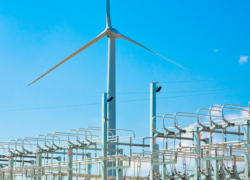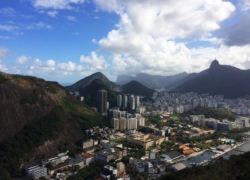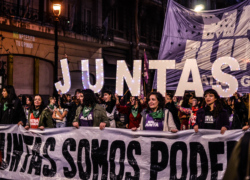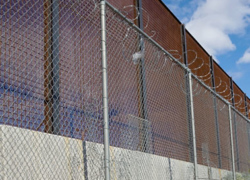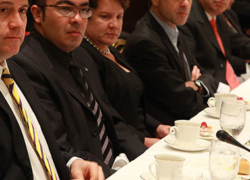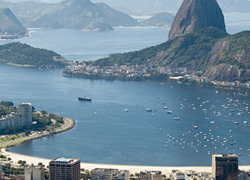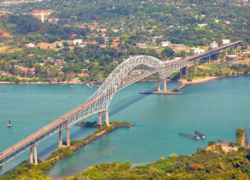Latin America Advisor
A Daily Publication of The Dialogue
Can Peru Provide Power to the Entire Country by 2021?
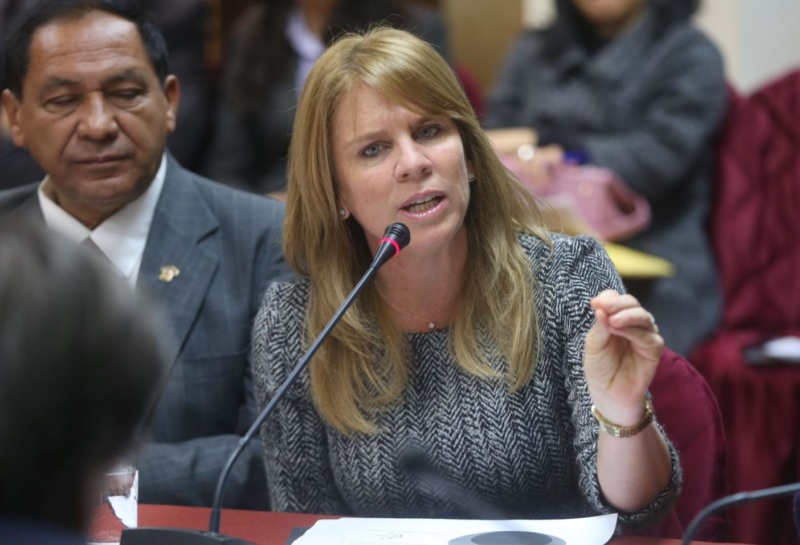 The head of Peru’s Ministry of Energy and Mines, Cayetana Aljovín, said it would cost more than $1 billion for Peru to reach its goal of 100 percent electrification of rural areas.
The head of Peru’s Ministry of Energy and Mines, Cayetana Aljovín, said it would cost more than $1 billion for Peru to reach its goal of 100 percent electrification of rural areas.
Peru last month set a target to provide electricity to 100 percent of rural residents by 2021. The head of the country’s Ministry of Energy and Mines, Cayetana Aljovín, estimated it would cost Peru some $1.05 billion to close the electrification gap in the country. What infrastructure will Peru have to build in order to realize this goal? What barriers are there to achieving 100 percent electrification? What effects will the project have on Peru?
César Gutiérrez Peña, director at Utilities Peru and former president of Petroperú: "In order to universalize electricity coverage, which today reaches 95 percent of the population, some 368,000 new connections will need to be incorporated, according to Peruvian Mining and Energy Minister Cayetana Aljovín, and will require some $1 billion, or an average of $250 million annually. The goal is good in theory, as it is a service that would help facilitate social inclusion to about 1.4 million people. The challenge, however, will be finding the resources, which according to the rural electrification law have to come from various private and state sources. The former originate from the utilities of electricity sector operators, which are deducted from income tax. Citizens also contribute to the cost by paying their monthly electric bills, and this complements the basis of the government’s general budget. When one reviews the annual budget, it can be concluded that there will be a deficit of about $120 million annually, which has to be covered by resources from the public treasury, which has serious limitations, given the drop in revenue that led us to a fiscal deficit on the order of 3 percent this year. The challenge will be finding the funds to make the goal of 100 percent coverage a reality."
Jaime E. Luyo, academic director of the PhD Energy Program at the Universidad Nacional de Ingeniería: "In the Rural Electrification Plan (REP) published by the Ministry of Energy and Mines in December 2015, it is projected that by the year 2025, electricity will reach 3.4 million rural inhabitants, reaching a rural electrification coefficient (REC) of 99.8 percent , but by 2021 there will be almost half a million people without electricity. The ministry reports that the REC went from 29.5 percent in 2007 to 78 percent in 2015. We believe that this great jump is due to the larger investments in rural electrical infrastructure and, above all, due to the effect of the massive installation of photovoltaic panels in isolated areas with the limitation that only the need for lighting and entertainment (watching TV) is solved, since the reduced capacity of the panels does not allow the carrying out of productive activities; that is, the REC must be corrected for being overestimated. The REP has planned for the period between 2016 and 2025 to install 500,000 panels, approximating the REC to 100 percent with an investment of $400 million and a total for the rural sector of $1.2 billion to close this electrification gap, but we believe it will not solve the problem of rural poverty. Because difficult barriers with isolated communities and in forested areas of the Amazon exist, new micro-grids and distributed generation technologies with renewable energy resources must be introduced, so that in the medium- and long-term, these poor populations do not depend on a cross subsidy. To achieve the goals of the REP, the government should rethink using new energy technologies and an affordable price policy, avoiding the subsidies and surcharges that currently distort electricity prices, which reflects that the residential tariff in Peru is one of the most expensive in South America, while industrial tariff is the opposite."
Luis Fernández Pérez, managing partner at Gas Energy Latin America: "This is not the first time that the Energy Ministry has announced a target of 100 percent electrical coverage in rural areas. This target is almost impossible to achieve in Peru, even in urban zones, because of the absence of long-term urban growth plans and continuous illegal settlements without basic services. This is a political message to show concern about rural zones; there has already been a government policy since 2011 to try to get as near as possible to 100 percent coverage, but we have estimated that complete coverage will require at least $3 billion and will take more than four years to complete. Isolated rural populations are far from the cities and live in dispersed small communities across a country that is 1.3 million square kilometers. In November 2014, Ergon Power won the first bidding process to install 3,554 photovoltaic systems off-grid to connect 500,000 homes in isolated communities in southern Peru. PV modules with capacities of 120 watts for homes, 600 watts for health centers and 1,200 watts for schools were proposed. In our view, a serious electrification program should include at least 2 kilowatts per home and thus, as mentioned before, the investment required must be three times higher than the one indicated by the ministry. To approach a target near 100 percent is possible with a serious off-grid plan, identifying all places to cover, a transparent bidding process and rapid license and permission process. There is no doubt that this will have an important social impact on the quality of life for rural populations."
The Latin America Advisor features Q&A from leaders in politics, economics, and finance every business day. It is available to members of the Dialogue's Corporate Program and others by subscription.



